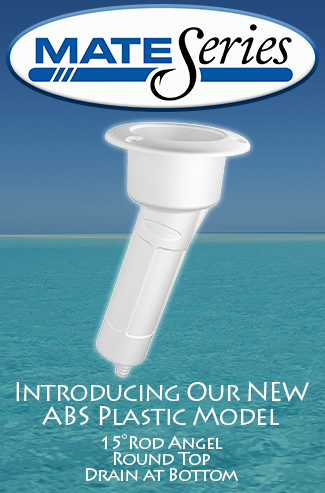There may come a point in time where you need to relocate your boat, and that will inevitably involve transportation costs and a load of planning. But, there are different methods which you can explore to make your life easier. However, the method which you commit to should be determined based off the situation – distance, budget, size.
The first is by air, which is only really an option if you have an enormous budget. The second is by road, which is relatively straightforward and is advisable if the destination is landlocked. The third, and arguably the best, is by sea, which is recommended ninety-percent of the time.
Therefore, we’re going to discuss how you go about transporting your boat across the country by sea…
1. Handling
Once you’ve sought out an appropriate transporter to handle the move, they’ll first start by inspecting the boat and checking for any pre-existing damage. After the inspection is complete, they’ll then go about taking to the port and preparing it for the next stage…
2. Loading – RORO or Container
This is where the boat will be loaded onto the ship, but the way it’s done will depend on which method you selected:
- RORO is where the boat is ‘rolled on’ and then ‘rolled off’. It involves very little handling which reduces the risk of damage, and it’s carried in a secure weather-hold. RORO can work out to be more expensive.
- Container is a great option if you have multiple small boats, as it will save costs because they can all go in one container. Only viable for small boats, and damage can occur when trying to squeeze the boat into the container.
3. Customs
It’s crucial that you obtain the necessary clearance before you even try to pass through customs. It involves completing the relevant entry form for that particular destination, and then filing it with the import customs. By doing so, you’ll be able to use your boat in that destination, but if you fail to do so, it may be seized at the port.
4. Handling
After making it through customs, the transporters will then go through all the necessary formalities in order to return the boat into your possession. So, the first thing they’ll do is move the boat from the ship and dock it at the port. When it’s docked, they’ll then inspect the boat again, weigh it, and potentially reassemble any parts that had been removed for transportation. Once all that is complete, they’ll release the boat to you, and you’ll then have to confirm the boat has reached its destination without incurring any damage.
5. Transportation
The final stage is transporting the boat to a specific address that you choose, which can be assigned to the shipping company or a local transportation service. In most instances, this will be done via road, so you’ll need to bear in mind that there’ll most likely be a charge for shrink wrapping. Shrink wrapping is necessary to protect the boat from any damage.






